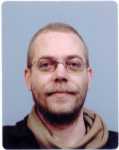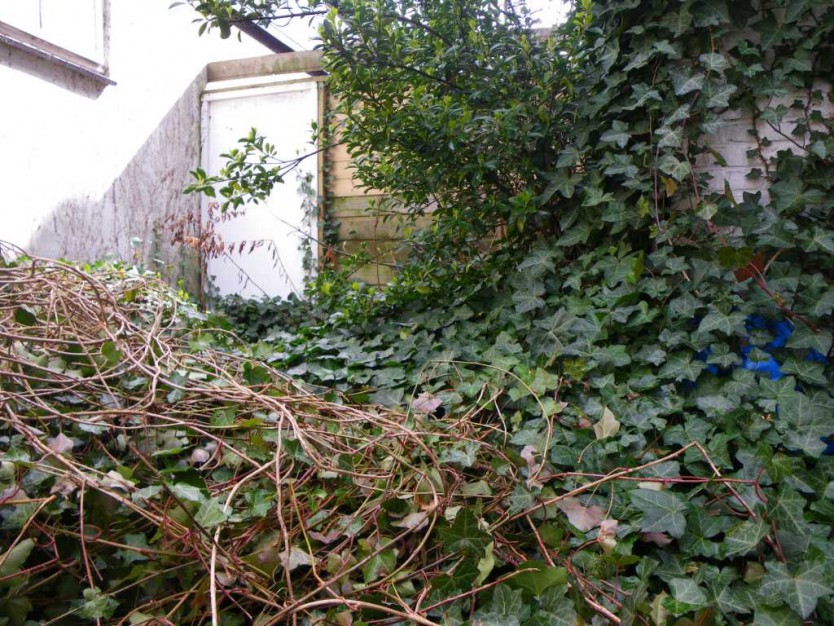Westerbaen Permaculture 2010
During the year long Permaculture Design Certification Course we were asked to choose our own project so that we could put the theories into practice and possible also try out some of our own ideas. Due to the presence of an overgrown and neglected garden behind Sjef’s house at the time, we decided to sink our teeth in and to transform it, to an edible garden. At first we were under the assumption that we might possibly only be able to do soil purification, because of intense contamination by previously stored car engines by previous tenants. Gradually, we learned that the pollution seemed to have disappeared (It was 15 years ago after all, and thus possibly all had washed/seeped etc.) and then pretty soon changed our plans to creating an edible garden, where both theory and given examples, and lots of fun and fantasy all have been given a chance to come to expression. Since starting that change has become clearly visible, for both ourselves and the neighborhood and neighbors. And then also for the many birds that have gained both with the immediate neighbors as well as with us a nutrient rich and quiet/secluded space 😉
But first some introductions:

Sjef: Somewhere late 2006 Ray told me about Human Design, which brought me to the Gene Keys several years later. There I found the Anastasia Ringing Cedar book series by Vladimir Megre. Intrigued by the attention to nature and the people within it, I did a lookup online and quickly found Transition Towns, and then also Permaculture. After some more online digging it seemed Permaculture was the thing I unconsciously had been looking for, for the last 25 years. Not long after I landed on the website of ‘Gezonde Gronden‘ and their PDC year training. The appeal on the one hand is to be able to grow our own food and bring back the experience of our connection with the Earth and nature, as well as living more independent of forces and powers beyond our scope and also more self-determination and control over our own lives, food and the future. Furthermore taking into account the notion we may have had access to a lot less oil and other fuels for quite a while now already and the grotesque consequences of our dependence on them.
I experience Transition Towns and Permaculture as very important for the Earth and humanity, where Human Design and Gene Keys are much more important as an individual personal experience and endeavour.

Ray: I met Sjef late 2006 during a training program on starting your own business. At the time I coached people successfully for 5 years (through donations) on the relationship between nutrition & health en started my own business in 2007. In 2009 I did a free presentation in the Rudolf Steiner clinic at their winter-fair where I met Mireille and Borg, whom had already done this PDC training. After speaking with them I started reading up on Permaculture. Then I also read book 1 from Vladimir Megre’s Anastasia book series and became even more exited about Permaculture. Some 20 years ago I had 4 years of kibbutz experience, meaning: working on the land with fresh produce from your own soil which appealed to me at the time already. I see many advantages with Permaculture such as: self-reliance, sense of freedom, local food, less nutrition loss than found at retail and so with Permaculture healthier and cheaper food for less money and less strain on our environment.
I enjoy meeting like-minded people with passion, love and attention to health and nature, and to cooperate with it. In addition, I enjoy to contribute to the future of the world by reducing our footprint. Less fossil fuel, more freedom and being self-supporting really appeals to me. I see plenty of opportunities business-wise and it would seem a joy to eventually eat mainly, or even completely, foods from our own gardens and no more waiting in line at the health food store or other retailers or less at east.
So here is our 10 month report of were we came together twice nearly every week and (Ray) made copious notes:
